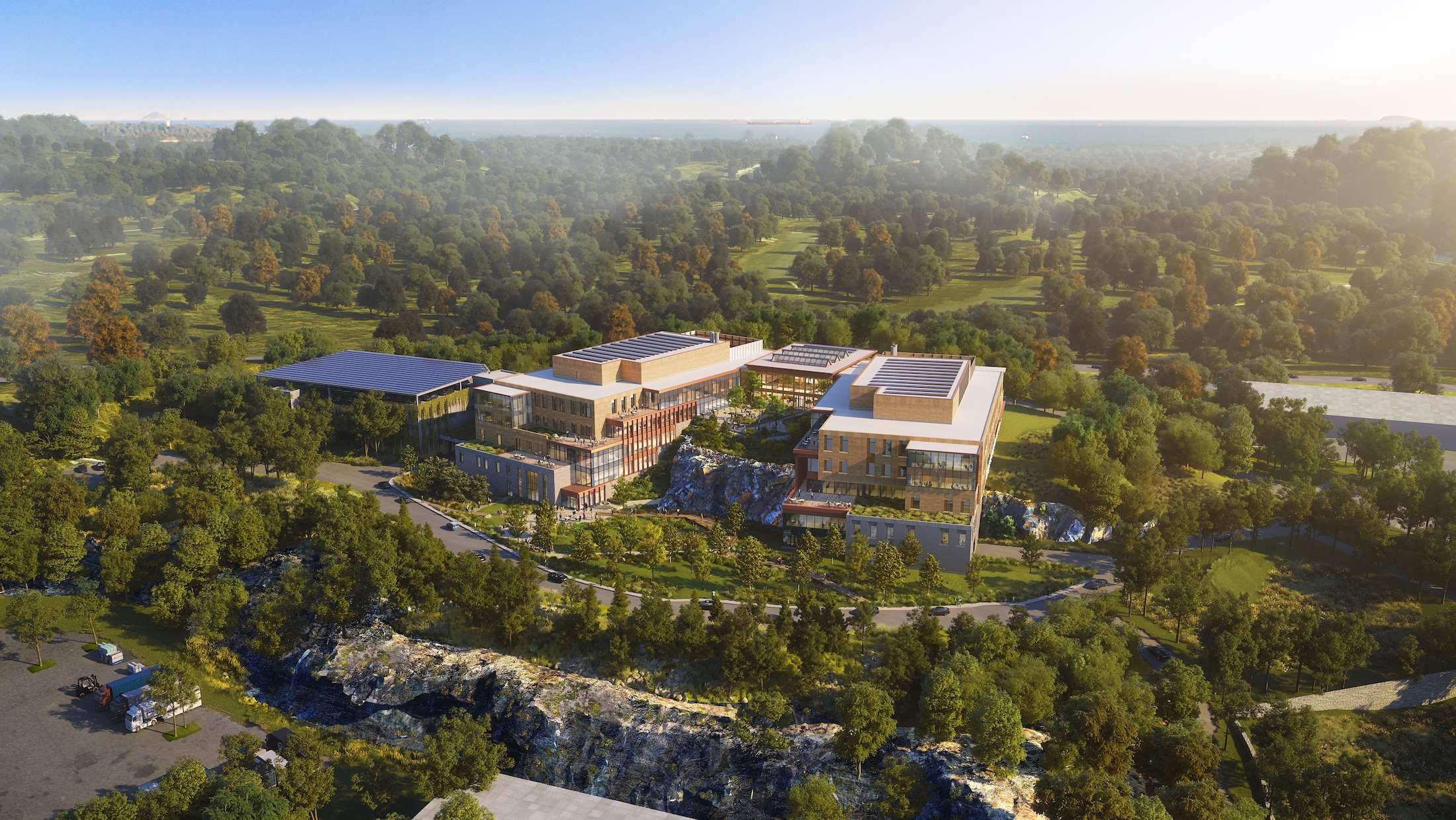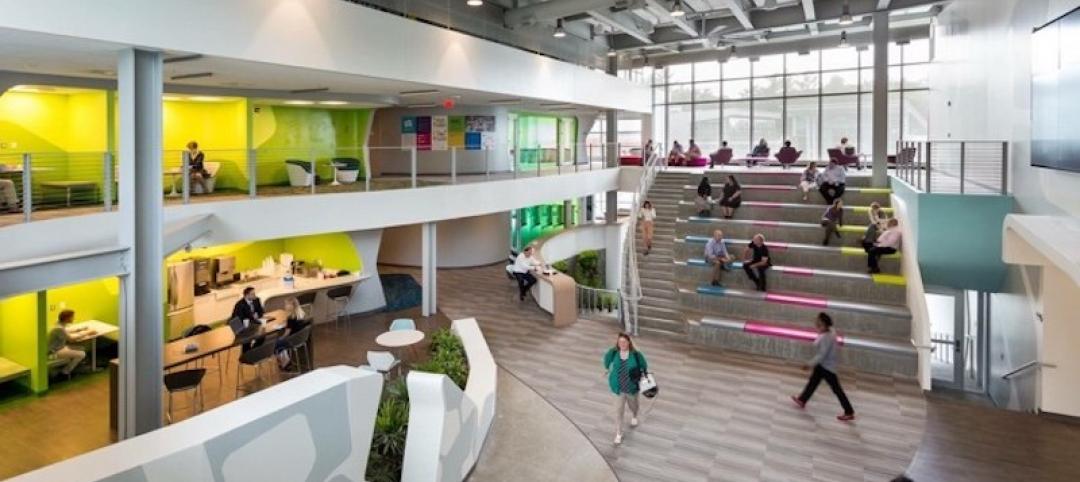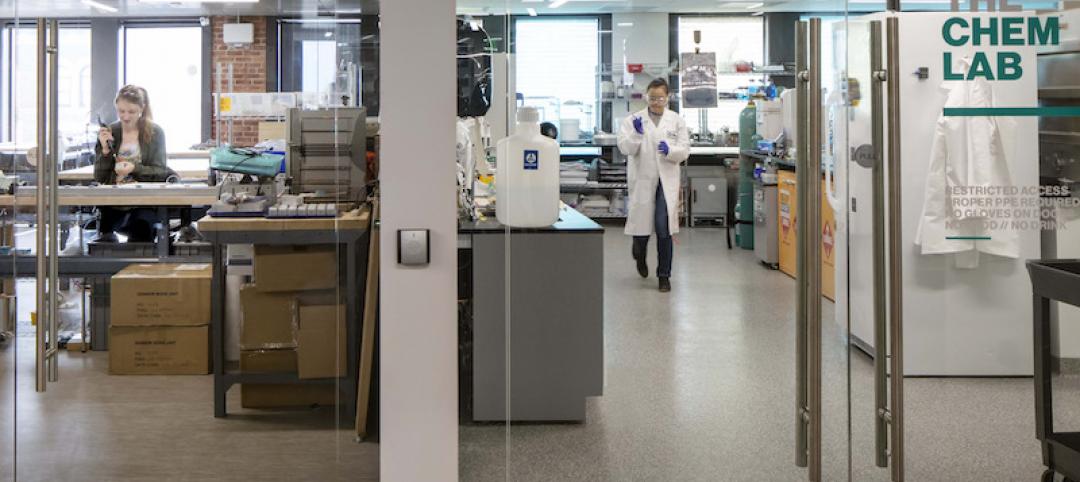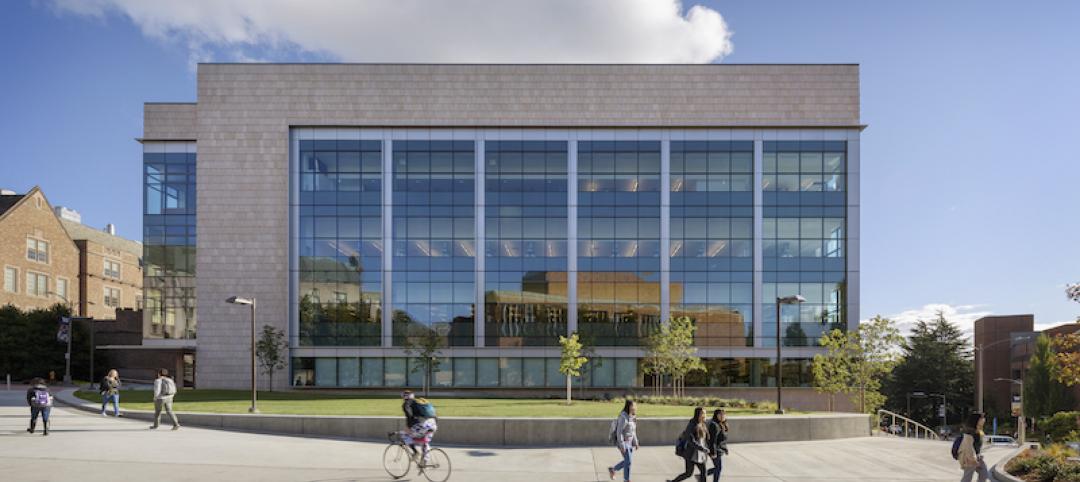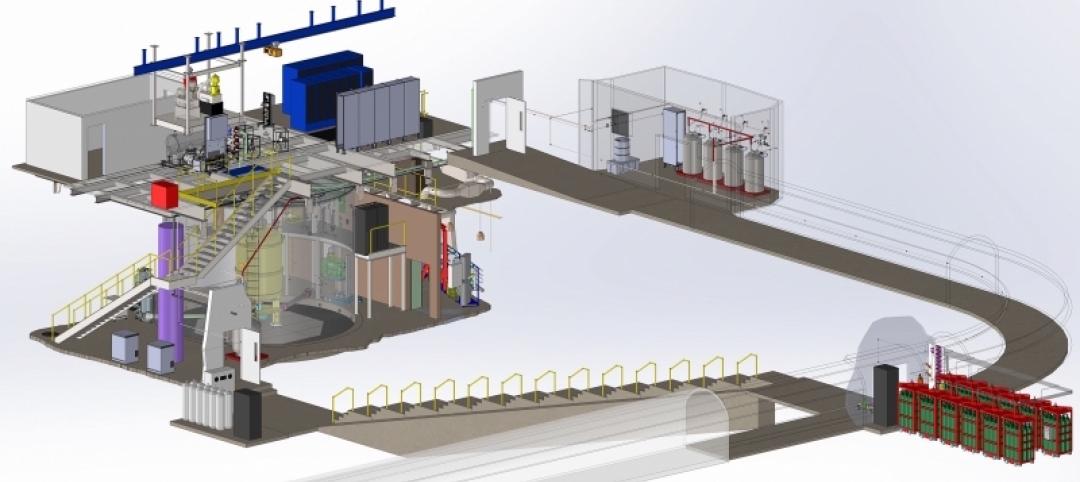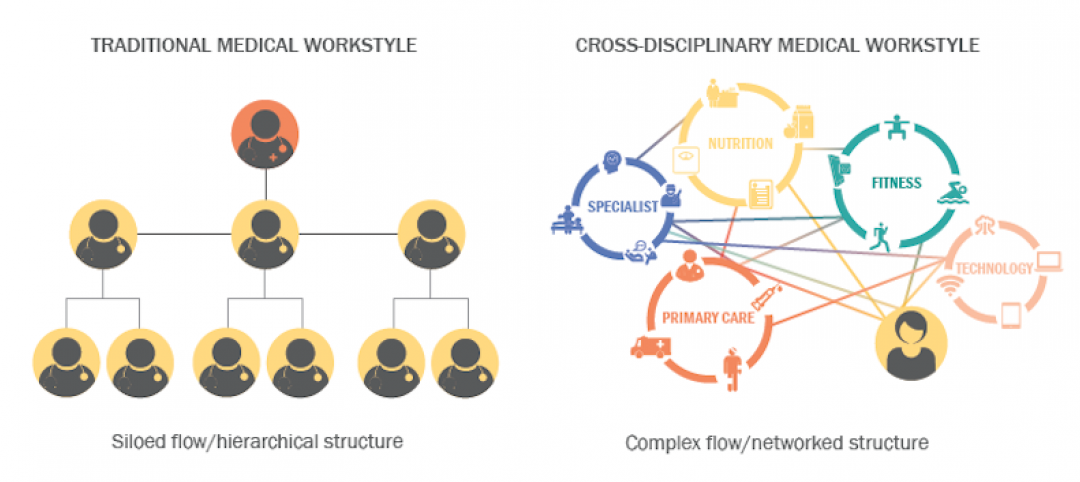In the coastal town of Manchester-by-the-Sea, Mass., an abandoned rock quarry will be transformed into a new research and innovation campus designed by HGA. The campus will reuse and upcycle the granite left onsite.
The project for Cell Signaling Technology (CST), a life sciences technology company, will turn an environmentally depleted site into a net-zero laboratory campus, with building electrification and onsite renewables. The building’s heating, cooling, and hot water will be sourced from geothermal energy. The sustainable campus will target LEED, LEED Zero Carbon, and WELL certifications.
“This is an architect’s dream—to marry our design thinking and holistic approach with CST’s project aspirations while transforming an abandoned quarry into a new campus for life sciences research,” Samir Srouji, principal with HGA, said in a statement.
To support everyday life and employee wellbeing, the design includes a Quarry Garden and Upper Quad designed by landscape architects Studio 2112. These outdoor spaces will connect to a network of trails around the site. A primary circulation route will direct activity from the cloistered Upper Quad, the heart of the campus, to the Quarry Garden, located at the cliff’s base.
The project prioritizes low embodied carbon and healthier materials. Proposed materials include a natural granite base with brick cladding, curtain wall technology with vacuum-insulated glazing, and mass timber structure for the multipurpose lobby pavilion. To foster a thriving natural ecosystem, the project includes native plantings, resilient stormwater management, and a woodland environment.
Sightlines will extend throughout the building, providing natural light and an unobstructed view of the surrounding landscape and the scientists at work. In the flexible open lab environment, robust mechanical, electrical, and plumbing systems will enable the facility to adapt to new technology and instruments in the future.
On the Building Team:
Owner: Cell Signaling Technology
Design architect and architect of record: HGA
MEP and structural engineer: BR+A
General contractor: Columbia

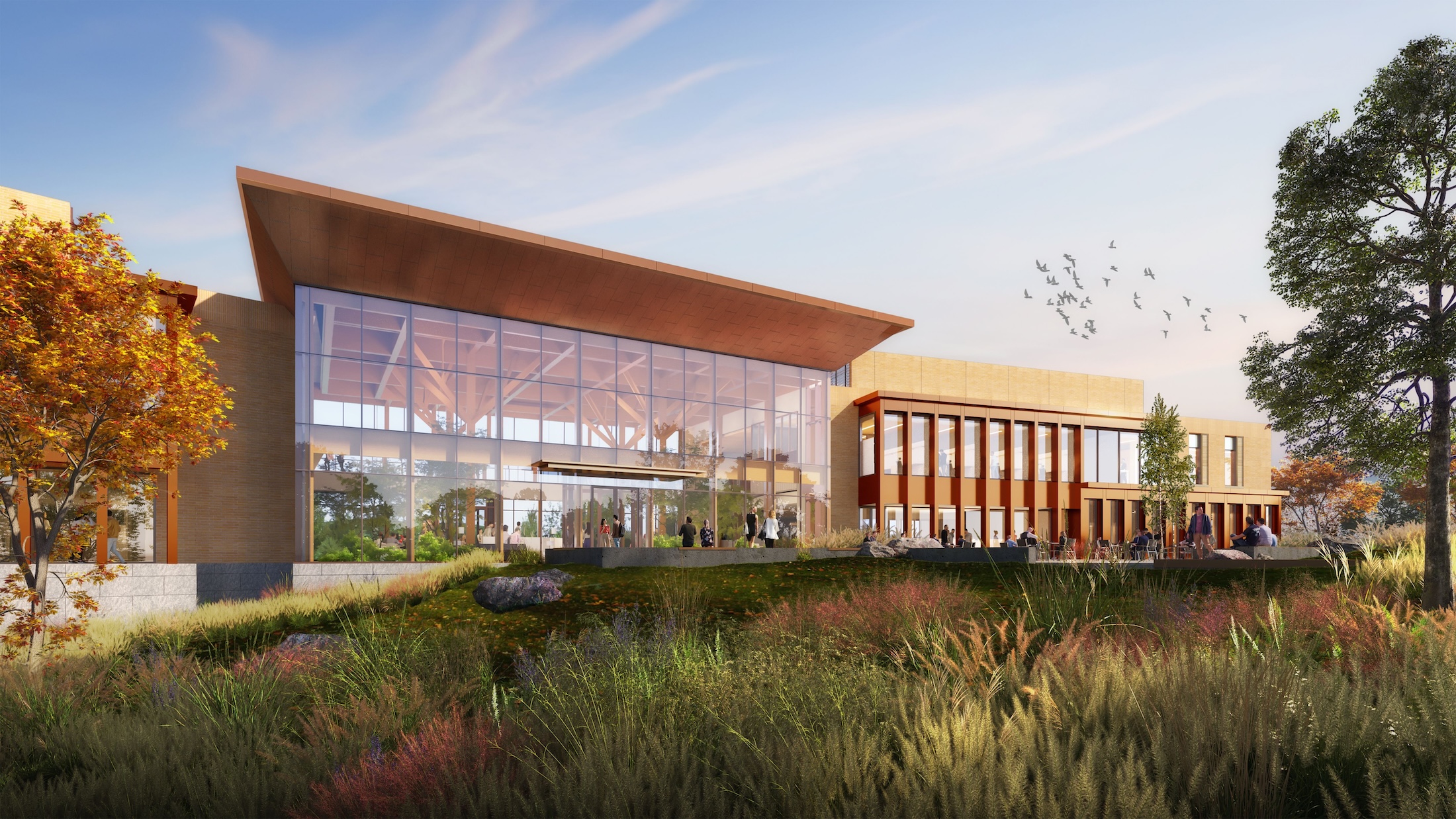
Related Stories
Laboratories | Jun 18, 2018
A Massachusetts research building is the first to meet WELL’s Gold standard
Design changes in lighting and HVAC systems were required to meet compliance criteria.
Laboratories | May 21, 2018
Virtual Design and Construction Technology helped design MIT’s new accelerator facility
SGA designed the incubator space.
Laboratories | Feb 26, 2018
Three trends shaping labs of the future
It’s all about flexibility and talent for the future of life sciences.
University Buildings | Feb 16, 2018
The University of Washington receives a new Nanoengineering and Sciences Building
The building marks the second phase of a 168,000-sf complex.
Laboratories | Feb 15, 2018
Mass science: Superlab design best practices
What are superlabs? And what makes for a superbly designed superlab?
Reconstruction & Renovation | Feb 7, 2018
Renovations begin on an underground facility that is investigating the nature of dark matter
This LEO A DALY-designed project makes way to produce the world’s most sensitive detector to this point.
Healthcare Facilities | Jan 6, 2018
A new precision dental center embodies Columbia University’s latest direction for oral medicine education
The facility, which nests at “the core” of the university’s Medical Center, relies heavily on technology and big data.
Giants 400 | Dec 13, 2017
Top 45 science + technology architecture firms
HDR, HOK, and Interior Architects top BD+C’s ranking of the nation’s largest science + technology sector architecture and AE firms, as reported in the 2017 Giants 300 Report.
Healthcare Facilities | Nov 6, 2017
Design isn’t enough to foster collaboration in healthcare and research spaces
A new Perkins Eastman white paper finds limited employee interaction at NYU Winthrop Hospital, a year after it opened.
Laboratories | Sep 22, 2017
Designing for how we learn: Maker spaces and instructional laboratories
Here is how the See + Hear + Do = Remember mantra can be applied to maker spaces and instructional labs.


